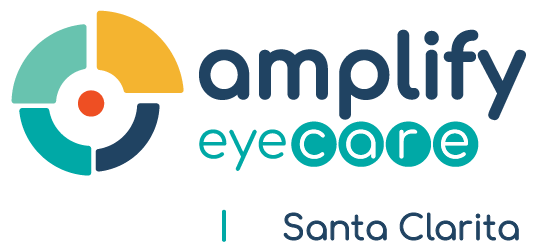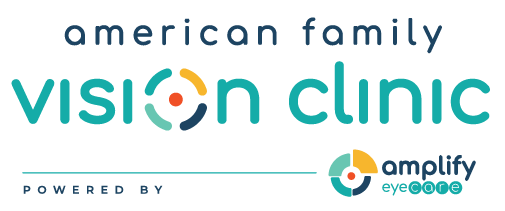Results.
Low vision is associated with increased risk for depression and decreased functional status and quality of life. Decreased visual acuity, visual field loss, and occasional blurred vision are also associated with decreased quality of life. Improvements in both functional status and quality of life occur after low-vision service delivery.
Conclusions.
Self-reported quality of life is a significant outcome measure for low-vision rehabilitation. Questionnaires that are more sensitive to rehabilitation services provided as well as patient needs and goals are required to facilitate development of rehabilitation plans and to compare techniques, devices, and programs. Attention should be given to measurement properties, validity, and reliability of instruments used currently and in development of new instruments.








